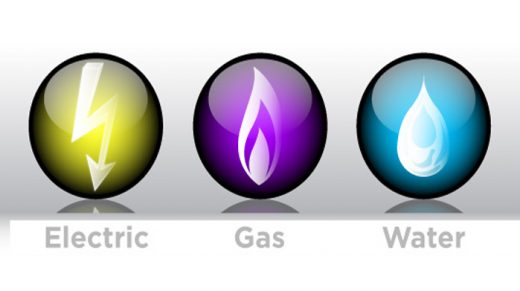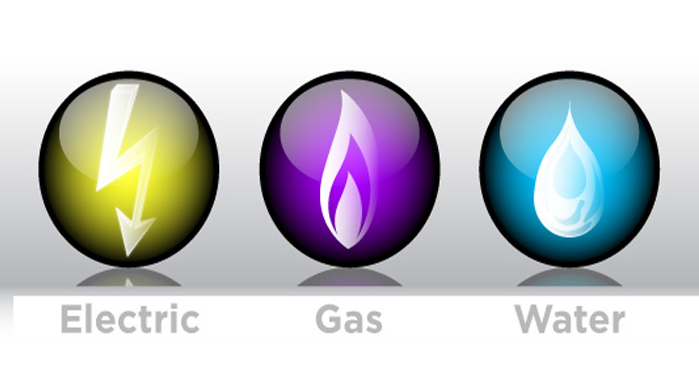How is the new age of digital transformation changing the utilities sector?
How is the new age of digital transformation changing the utilities sector?

It is easy to take for granted the technology we have at our disposal. We flick a switch and the lights go on, we turn on the tap and clean water comes out. We don’t have to worry about the provision of natural gas for cooking.
But today, the utilities sector is under pressure to simultaneously reduce costs and improve operational performance.
See also: Honeywell pumps up energy IIoT with new partnerships
Utilities are a bit late in digital innovations than retail, banking or insurance. With energy getting on the digital bandwagon with online customer engagement, smart sensors and better use of analytics, utilities are now beginning to adopt it.
Digital technology gives utility companies the opportunity to collect much richer, customer level data, analyze it for service improvements, and add new services to change the way customers buy their products.
Smart technology will be used to monitor home energy usage, to trigger alerts when previously established maximum limits are being reached, and to offer ‘time of use’ tariffs that reward consumers for shifting demand from peak times.
Electricity is the only truly global energy
Electricity is the most versatile and widely used form of energy and global demand is growing continuously. Smart grids manage the electricity demand in sustainable, reliable and economic manner.
Here are the advantages for utilities in this new digital transformation:
- Digital makes customer self-service easy.
- Digitally engaged customers trust their utilities.
- Customer care, provided through digital technology, offers utilities both cost-to-serve efficiencies and improved customer intimacy.
- Digital technology brings the capability to provide more accurate billing and payment processing, as well as faster response times for changing addresses and bills, removing and adding services, and many other functions.
- Using mobile as a primary customer engagement channel for tips and alerts.
- Predictive maintenance with outage maps and real-time alerts to service engineer helps reduce the downtime and costs.
- Smart meters allows utilities to inform their customers about the energy consumption, tailor products, and services to their customers while achieving significant operational efficiencies at the same time.
Meridian, a New Zealand-based energy company, launched PowerShop, an online energy retail marketplace that gives customers choice and control over how much power they buy and use. This helped Meridian attract online consumers and extend its reach of core retail offering.
Google’s Nest, an IoT-enabled energy efficiency management tool, gives details about consumption patterns and better control. Thames Water, the UK’s largest provider of water, uses digital for remote asset monitoring to anticipate equipment failures and respond in near real time.
See also: Ovo ups its distributed energy game
Big data analytics and actionable intelligence give a competitive advantage to gained efficiencies. IBM Watson with its cognitive computing power helped utilities identify trends and pattern analysis, predict which assets or pieces of equipment are most likely to cause points of failure.
Today more than ever, utility companies are asking “How can we be competitive in this digital world?” People, whether they are customers, citizens or employees, increasingly expect a simple, fast and seamless experience.
The post How is the new age of digital transformation changing the utilities sector? appeared first on ReadWrite.
(50)



